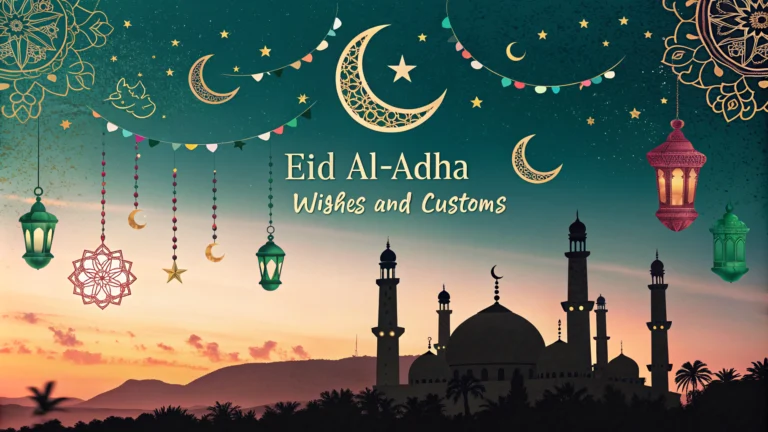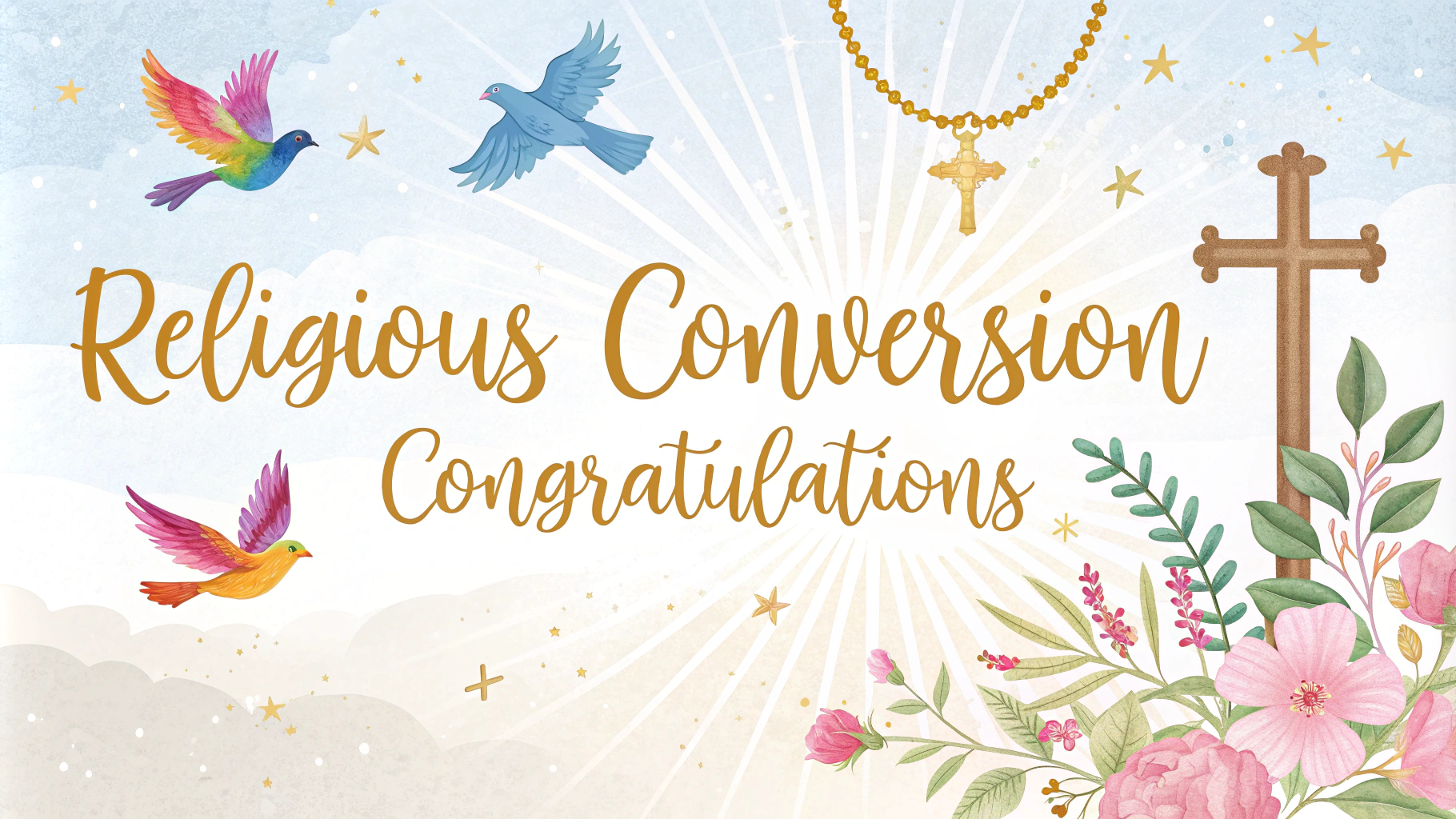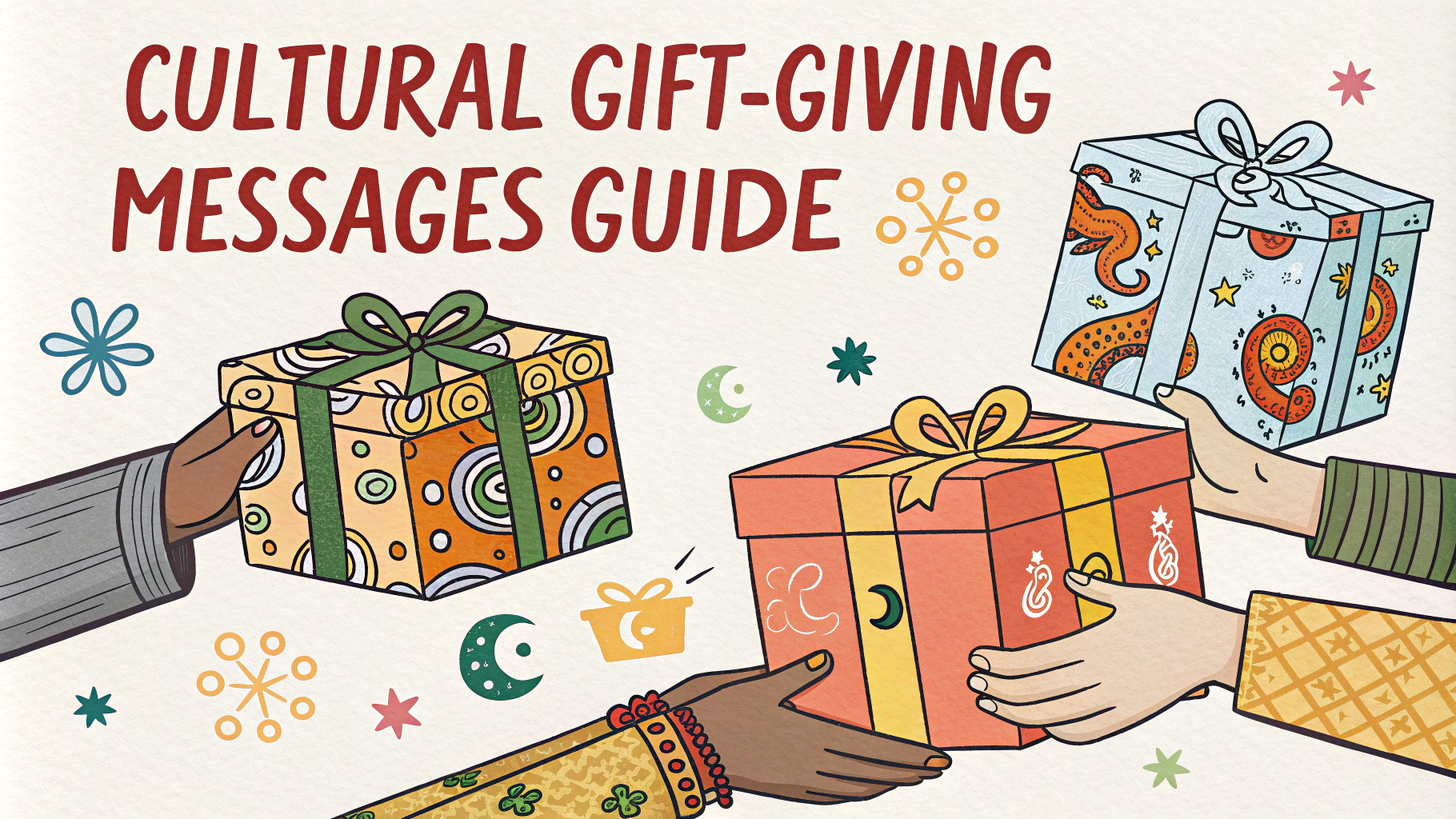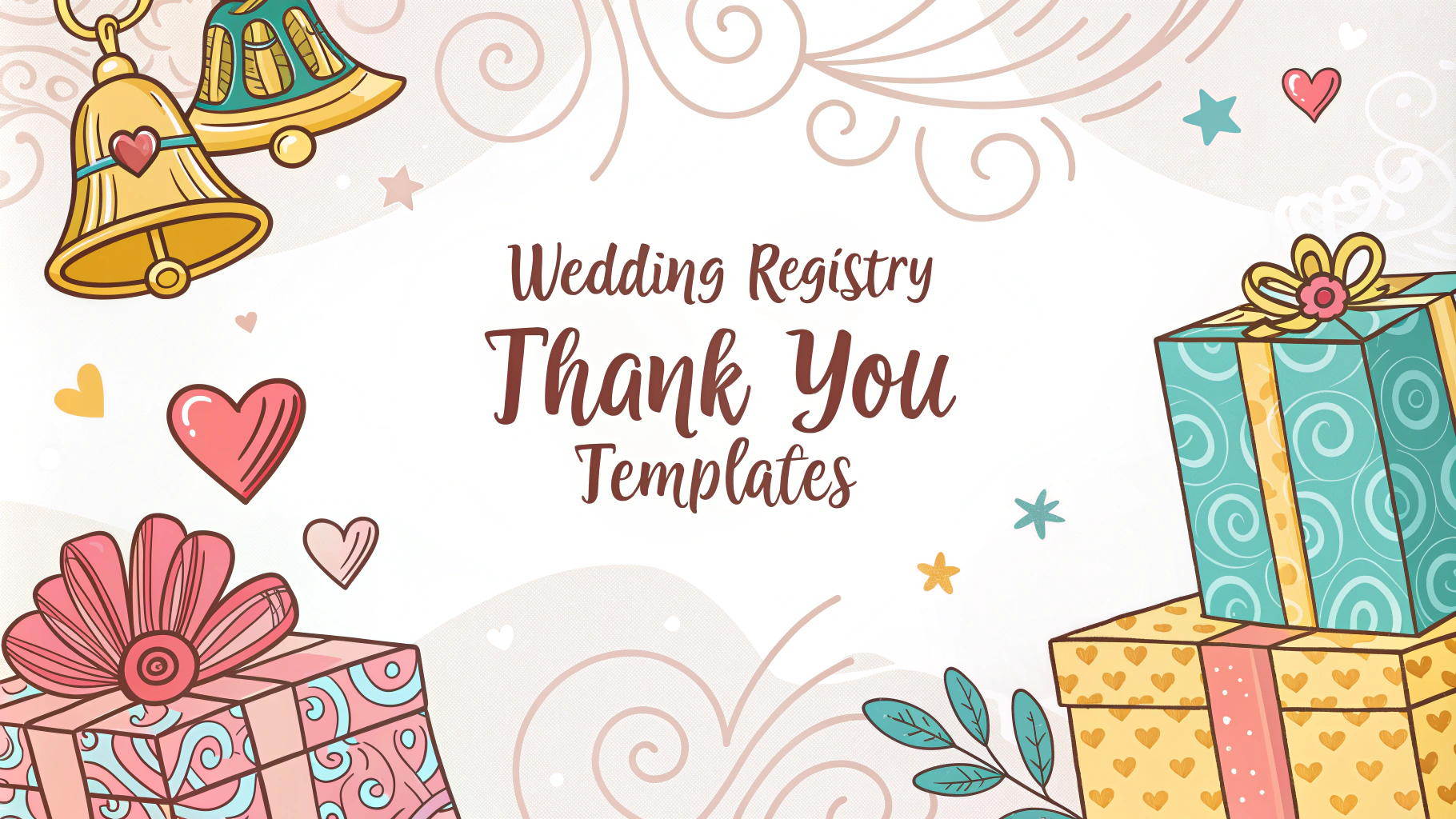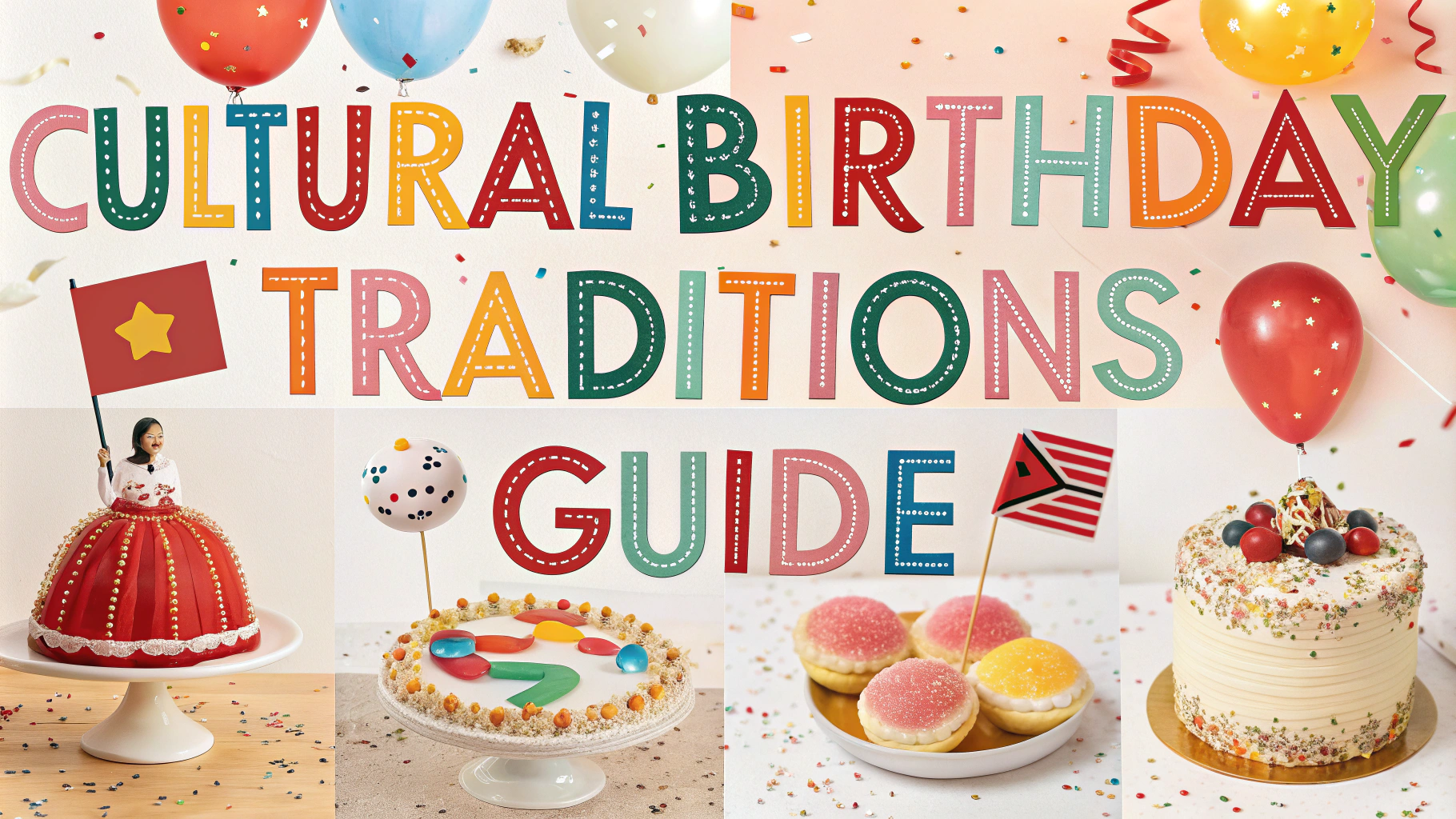Eid al-Adha, also known as the Festival of Sacrifice, stands as one of Islam’s most significant religious celebrations.
Traditional Eid al-Adha Greetings
- “Eid Mubarak” – The most common greeting, meaning “Blessed Festival”
- “Taqabbal Allahu minna wa minkum” – Meaning “May Allah accept from us and from you”
- “Eid Sa’eed” – Meaning “Happy Eid”
- “Kullu am wa antum bi-khair” – Meaning “May you be well every year”
Key Customs and Practices
The day begins with special Eid prayers at the mosque, followed by community gatherings.
- Qurbani – The ritual sacrifice of an animal
- Family Visits – Gathering with relatives and loved ones
- Charity – Sharing meat with the less fortunate
- New Clothes – Wearing fresh attire for the celebration
Sending Eid Wishes
Modern ways to share Eid greetings include:
- Text messages or WhatsApp
- Social media posts
- E-cards
- Video calls with distant family
- Traditional greeting cards
Food and Celebrations
Traditional Eid al-Adha foods vary by region but often include:
| Region | Traditional Dishes |
|---|---|
| Middle East | Mansaf, Ouzi, Kabsa |
| South Asia | Biryani, Sheer Khurma, Kebabs |
| North Africa | Tagine, Couscous, Mrouzia |
Decorating for Eid
- Hanging festive lights
- Setting up Eid-themed banners
- Placing traditional lanterns
- Creating floral arrangements
Tips for Non-Muslims
- Respond to “Eid Mubarak” with “Khair Mubarak” or simply “Thank you”
- Show respect for those fasting or participating in religious activities
- Consider joining celebrations if invited
Gift-Giving Traditions
Common Eid gifts include:
- Money packets for children (Eidi)
- Dates and sweets
- Prayer rugs or religious items
- Perfumes or traditional attire
Resources for Further Information
Duration of Celebrations
Eid al-Adha celebrations typically last for three to four days, with specific activities for each day:
- First Day: Morning prayers and sacrifice
- Second Day: Extended family gatherings and community events
- Third Day: Visiting friends and continuing festivities
- Fourth Day: Final celebrations and charitable activities
Cultural Variations
Regional Differences
- Southeast Asia: Night markets and communal feasts
- Turkey: Extended family breakfasts and street festivals
- West Africa: Elaborate processions and traditional music
Modern Adaptations
- Virtual Eid gatherings
- Online charitable donations
- Digital payment systems for Qurbani
- Eco-friendly celebration options
Conclusion
Eid al-Adha remains a vital celebration that brings together Islamic communities worldwide, combining traditional practices with modern observances. The festival continues to evolve while maintaining its core values of sacrifice, charity, and community bonding.
Whether celebrated traditionally or with contemporary adaptations, Eid al-Adha serves as a reminder of faith, generosity, and the importance of family and community connections.
FAQs
- What is Eid al-Adha and why is it celebrated?
Eid al-Adha is one of the most important Islamic festivals commemorating Prophet Ibrahim’s willingness to sacrifice his son Ismail as an act of obedience to Allah. Before the sacrifice could be made, Allah provided a ram to sacrifice instead. - When is Eid al-Adha celebrated?
Eid al-Adha falls on the 10th day of Dhu al-Hijjah, the 12th month of the Islamic lunar calendar. The date varies each year in the Gregorian calendar. - What are the traditional greetings for Eid al-Adha?
Common greetings include “Eid Mubarak,” “Eid Saeed,” and “Taqabbal Allahu minna wa minkum” (May Allah accept from us and you). - What is Qurbani/Udhiya and why is it performed?
Qurbani is the ritual sacrifice of an animal (usually a goat, sheep, cow, or camel) performed during Eid al-Adha to commemorate Prophet Ibrahim’s sacrifice. The meat is divided into three parts: for family, friends, and the needy. - What are the essential practices during Eid al-Adha?
Essential practices include performing Eid prayer, giving charity, sacrificing an animal, wearing new clothes, visiting family and friends, and sharing festive meals. - How long do Eid al-Adha celebrations last?
Eid al-Adha celebrations typically last for three days, with the main celebrations occurring on the first day. - What special foods are prepared during Eid al-Adha?
Traditional foods include various meat dishes from the sacrificed animal, biryani, kebabs, sweet vermicelli (seviyan), and traditional desserts specific to different cultures. - Is fasting permitted on Eid al-Adha?
Fasting is prohibited on Eid al-Adha, as it is a day of celebration and feasting. - What is the significance of giving charity during Eid al-Adha?
Giving charity during Eid al-Adha is emphasized to ensure that less fortunate members of the community can also participate in the celebrations and enjoy the festival. - What are the proper etiquettes for Eid al-Adha visits?
Proper etiquettes include dressing well, exchanging gifts, visiting relatives and neighbors, showing respect to elders, and maintaining family bonds.
